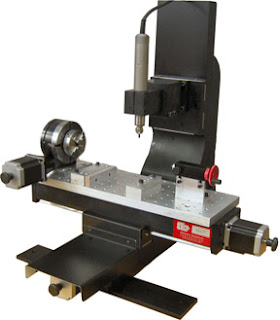The operators of the present-day CNC cutting machine demonstrate many of the same skills as those possessed by various traditional craftsmen. The operators of the CNC cutting machine include the men and women who design and make cabinets, woodwork, signs, and a whole range of metal, solid surface and plastic objects. The manufacturers who employ these operators know how important it is to have a good quality CNC cutting machine.
A good quality CNC cutting machine has a cutting table that covers the area bounded by a length of four feet and a width of eight feet. A quality table can handle satisfactorily a standard 4 x 8 plate of metal, wood, plastic, glass, or stone. A table that lacks a sufficient length or width will make it necessary for the operator to repeatedly reposition the plate. Operators of the CNC cutting machine refer to such repositioning as indexing.
A good basic CNC cutting machine does both plasma and oxyfuel cutting. Refinements on a basic cutting machine might provide it with the ability to perform other functions, functions such as:
 |
| CNC Cutting Machine |
-drilling aluminum
-cutting a shape in the sides or end of tubing
-routing wooden shapes.
Other modifications on a CNC cutting machine might be directed at installation of the equipment for laser or water jet cutting.
The selection of a CNC cutting machine will be primarily determined by the nature of cutting that will be performed by the machine operator. For some operations, it will be necessary to do only straight cutting. For other operations, the cutting machine must perform bevel cutting. Bevel cutting allows the operator to trim, reduce, shave, and pare the material in the plate.

















